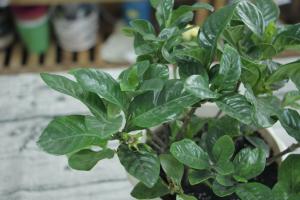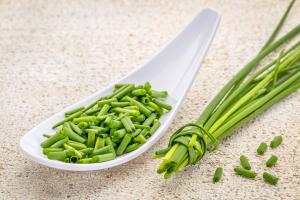Should You Stake Pepper Plants Grown in Pots?
Pepper plants are a popular vegetable crop in many home gardens, and they can be grown in pots as well as in the ground. One question that arises when growing pepper plants in pots is whether or not they should be staked. In this article, we will explore the benefits and drawbacks of staking pepper plants grown in pots to help you decide whether or not it is necessary.
The Benefits of Staking Pepper Plants
Staking pepper plants can provide several benefits for both the plants and the gardener:
Supports heavy fruit: When pepper plants are loaded with fruit, the weight can cause the branches to droop or even break. Staking the plants can help keep them upright and prevent damage to the branches and fruit.
Improves air circulation: Staked plants have greater air circulation around their leaves and fruit, which can reduce the risk of disease and fungal growth.
Makes harvesting easier: Staked plants are often easier to harvest because the fruit is more accessible and less likely to be hidden behind foliage.
Saves space: Staked plants can often be grown closer together, which can be helpful in small gardens or when growing plants in pots.
The Drawbacks of Staking Pepper Plants
While staking pepper plants can provide benefits, there are also some drawbacks to consider:
Increased maintenance: Staked plants require more maintenance than unstaked plants. You will need to check the ties and adjust the stakes regularly as the plants grow to prevent them from becoming too tight or rubbing against the stakes and damaging the bark.
Cost and time: Staking materials can add up in cost and time, especially if you are growing multiple plants. You will also need to set aside time to install the stakes and tie the plants.
Aesthetic impact: Staked plants can have a less natural or attractive appearance, which may not be desirable in all garden settings.
Factors to Consider
When deciding whether or not to stake your pepper plants, there are several factors to consider:
Plant variety: Some pepper plant varieties naturally grow tall and benefit from staking, while others have a bushier growth habit and do not need it.
Container size: If you are growing pepper plants in small pots, staking may be necessary to support their weight and prevent them from toppling over.
Personal preference: Some gardeners prefer the appearance of staked plants, while others prefer a more natural look.
How to Stake Pepper Plants in Pots
If you decide to stake your pepper plants grown in pots, here are some tips for getting started:
Choose stakes: You can use bamboo sticks, wooden posts, metal stakes, or any other sturdy material.
Plant peppers: Plant your peppers in a pot filled with high-quality potting soil and water thoroughly.
Insert stakes: Insert stakes around the edges of the pot, about 6 inches away from the plant stem.
Tie plants: Tie the pepper plants to the stakes using soft ties or twine, being careful not to tie them too tightly.
Adjust: Check the ties and stakes regularly and adjust as necessary to prevent damage to the plant.
Conclusion
Staking pepper plants grown in pots can provide several benefits, such as supporting heavy fruit, improving air circulation, making harvesting easier, and saving space. However, there are also some drawbacks to consider, such as increased maintenance, cost and time, and aesthetic impact. When deciding whether or not to stake your pepper plants, consider the plant variety, container size, and your personal preference. If you decide to stake your plants, choose sturdy stakes and ties, and adjust them regularly to prevent damage to the plant.

 how many times do yo...
how many times do yo... how many planted tre...
how many planted tre... how many pine trees ...
how many pine trees ... how many pecan trees...
how many pecan trees... how many plants comp...
how many plants comp... how many plants can ...
how many plants can ... how many plants and ...
how many plants and ... how many pepper plan...
how many pepper plan...































